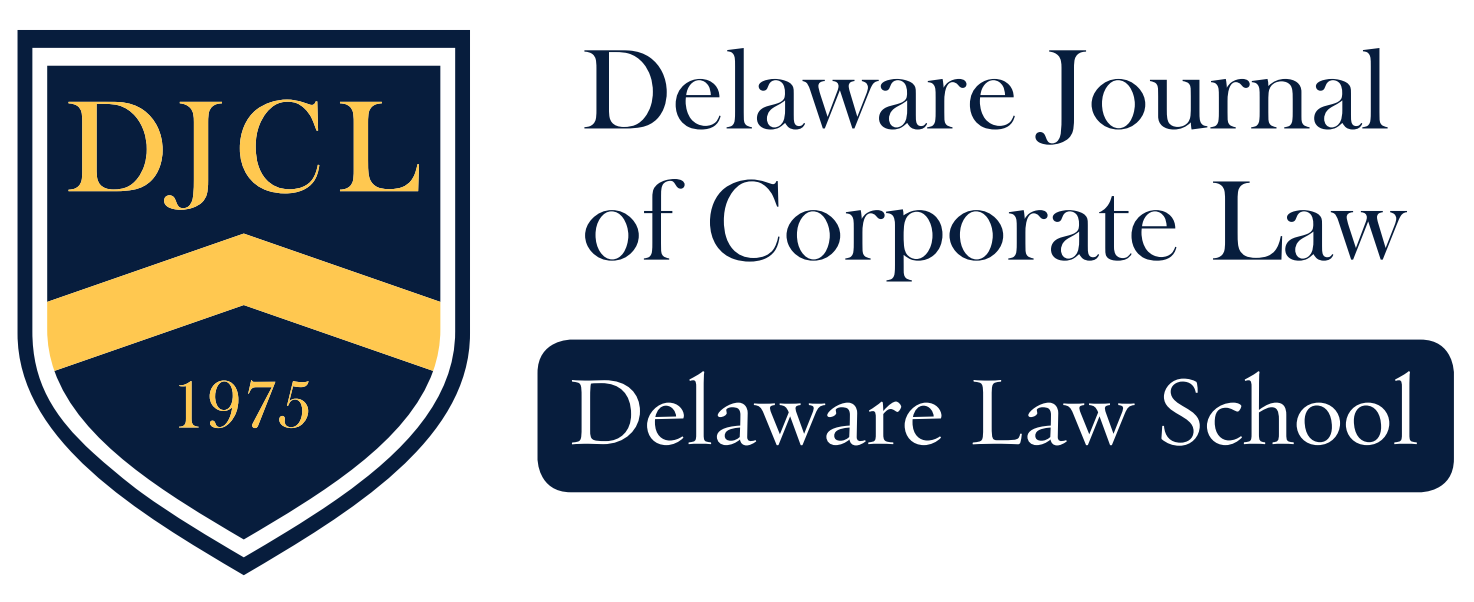The Enron Decision: Closing the Fraud-Free Zone on Errant Gatekeepers? (Part 1)(Part 2)
Gary J. Aguirre
Enron’s investment banks, accountants, and lawyers now face billions in potential liability for allegedly helping Enron construct an $80 billion house of cards. Arthur Andersen, with its $9 billion in annual revenues, simply vanished after it was caught and convicted for shredding Enron records. Why were these gatekeepers, either giant financial institutions or the most sophisticated lawyers and accountants, confident the securities fraud laws would not apply to them?
Supreme Court decisions from 1974 through 1995 provide an answer. In 1974, the Supreme Court abruptly reversed a forty-year trend of federal decisions construing the securities acts consistently with the intent of the Congress that wrote them. Over the next twenty-one years, following its own policy star, the Court dismantled the antifraud provisions enacted by the 73rd Congress after the 1929 crash to protect investors. One key decision, Central Bank of Denver, N.A. v. First Interstate Bank of Denver, N.A., eliminated liability for aiding and abetting a violation of Section I 0(b). In doing so, it defined a zone of conduct beyond the reach of the federal securities acts, a fraud-free zone, where gatekeepers could earn lucrative fees helping public companies cheat their investors.
Unfortunately for these gatekeepers, the security of their sanctuary has been placed at risk by the class action against them in the Southern District of Texas. Worse yet, Judge Melinda Harmon, to whom the case was assigned, has closed down the fraud-free zone–at least for now. Her decision, In re Enron Corporation Securities, Derivative & ERISA Litigation, denying the gatekeepers’ motions to dismiss, takes a detour around Central Bank. But will the detour hold up on appeal? Not likely, but another legal theory may.
